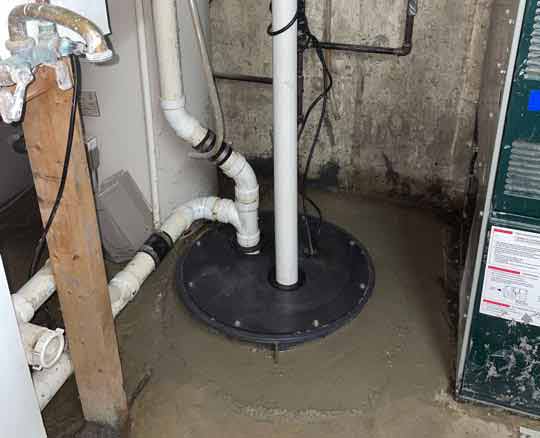In any home or commercial building, proper functioning of the sewage system is essential for maintaining hygiene and preventing unpleasant odors. A key component of this system is the sewage ejector pump, which is responsible for pumping waste from below-grade areas to an elevated sewer line. To ensure the smooth operation of your sewage ejector pump, it is important to follow some basic maintenance tips. In this article, we will discuss several strategies to help you keep your sewage ejector pump running smoothly.
Understanding Your Sewage Ejector Pump
Before we dive into the maintenance tips, it is crucial to have a basic understanding of how a sewage ejector pump works. A sewage ejector pump is typically installed in basements, crawl spaces, or other areas where the main sewer line is located at a higher elevation than the wastewater source. When wastewater flows into the pump basin, a float switch is activated, signaling the pump to start. The pump then macerates the solid waste and pumps it out through a discharge pipe connected to the sewer line.
Regular Inspection and Cleaning
One of the most important aspects of maintaining a sewage ejector pump is regular inspection and cleaning. It is recommended to inspect the pump and its components at least once every three months. Start by visually examining the pump and surrounding area for any signs of leakage, cracks, or damage. Make sure the pump is properly secured and the discharge pipe is tightly connected. If you notice any issues, contact a professional plumber for repairs.
In addition to visual inspection, it is essential to clean the pump and basin regularly to prevent clogs and blockages. Sediment, debris, and solid waste can accumulate over time and hinder the pump’s performance. To clean the pump, disconnect the power supply and remove the pump from the basin. Thoroughly clean the impeller, volute, and other components with a brush and mild detergent. Use a hose or bucket of water to flush out any remaining residue.
Check the Float Switch and Alarm System
The float switch and alarm system are crucial for the proper functioning of a sewage ejector pump. The float switch is responsible for activating the pump when the wastewater level reaches a certain point, while the alarm system alerts you in case of pump failure or high water levels. It is important to regularly test the float switch and alarm system to ensure they are working correctly.
Start by manually lifting the float switch to engage the pump. Listen for the sound of the pump starting and observe the wastewater being pumped out. If you don’t hear the pump or notice any issues, the float switch may need to be adjusted or replaced. Similarly, test the alarm system by triggering it manually to ensure it emits a loud and audible alert. If the alarm sounds weak or doesn’t activate at all, consult a professional for inspection and repairs.
Maintaining Proper Ventilation
Adequate ventilation is essential for the proper functioning of a sewage ejector pump. Clogged or obstructed ventilation pipes can cause pressure imbalances, leading to pump inefficiency and potential system failures. It is recommended to inspect the ventilation pipes annually and remove any obstructions, such as debris, bird nests, or vegetation.
Additionally, ensure that the vent pipes are properly sized and positioned to facilitate the free flow of air. Inadequate ventilation can result in the buildup of foul odors and harmful gases, posing health risks. If you encounter any issues with the ventilation system, it is advisable to consult a professional plumber to ensure proper remediation.
Be Mindful of What You Flush
The sewage ejector pump is designed to handle human waste, toilet paper, and water. It is crucial to be mindful of what you flush down the drain to prevent clogs and damage to the pump. Avoid flushing non-biodegradable items, such as wipes, diapers, sanitary products, or chemicals. These items can cause blockages and put undue stress on the pump.
Similarly, be cautious of the amount of grease and fat you pour down the drain. Grease and fat solidify when cooled and can adhere to the pump components, impeding their function. To prevent such issues, dispose of grease and fat in a separate container and properly dispose of it in the trash.
Conclusion
Regular maintenance of your sewage ejector pump is crucial for its smooth operation and longevity. By following the tips mentioned in this article, you can ensure that your pump functions optimally and prevents any unpleasant sewage backups. Remember to inspect and clean the pump regularly, test the float switch and alarm system, maintain proper ventilation, and be mindful of what you flush down the drain. Additionally, consult a professional plumber for any repairs or issues beyond your expertise. By taking proper care of your sewage ejector pump, you can avoid costly repairs and maintain a sanitary environment in your home or commercial building.
